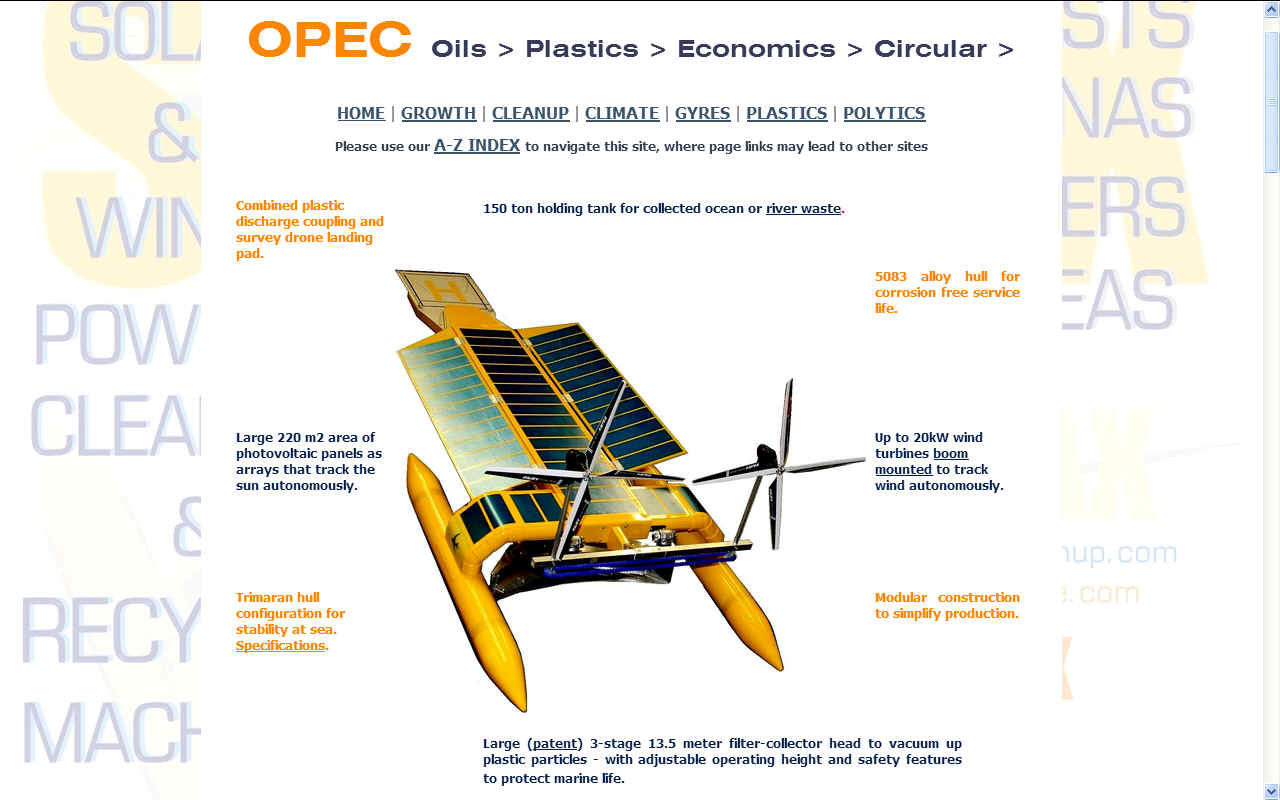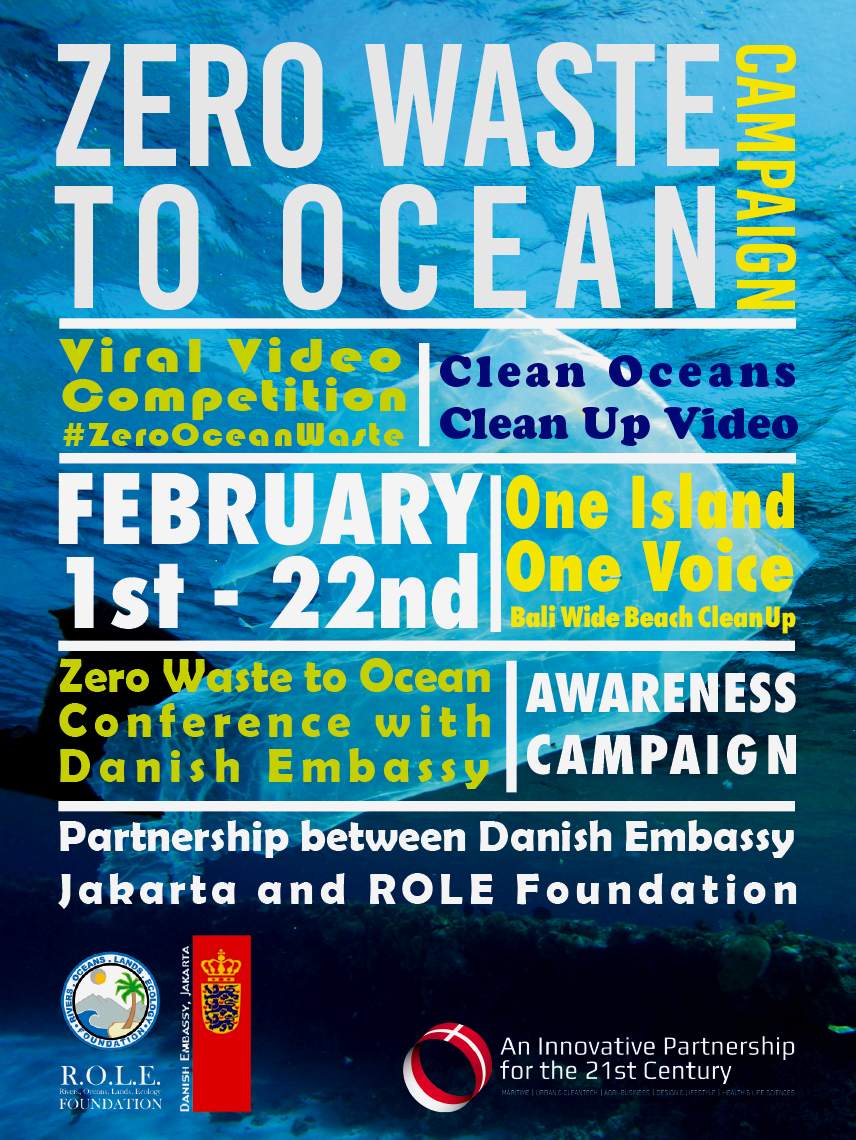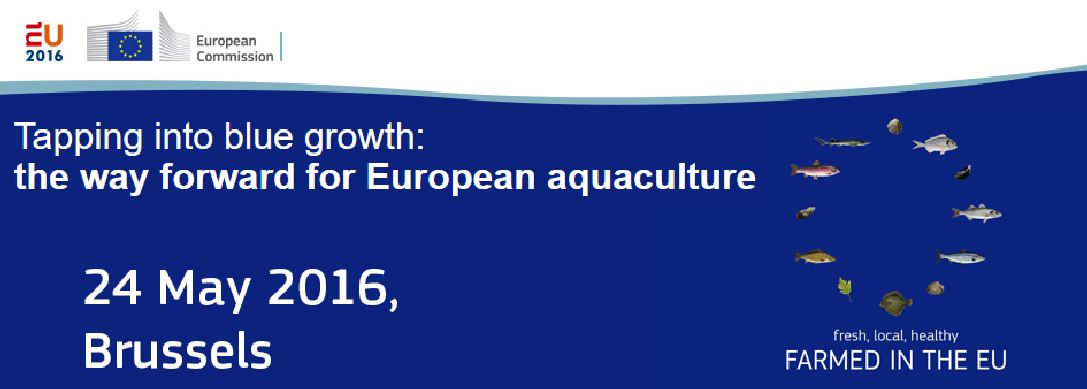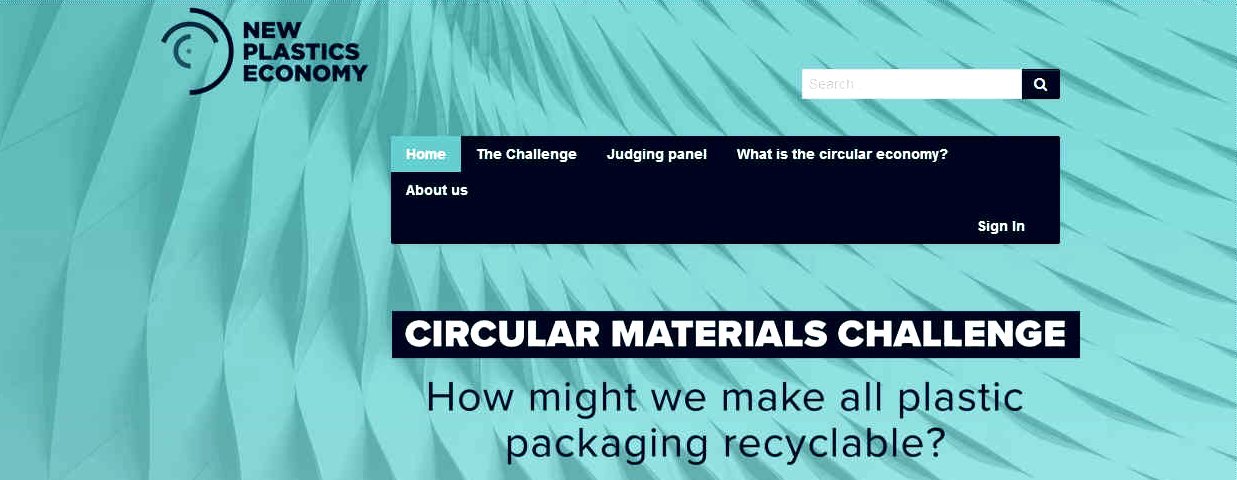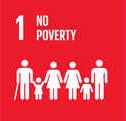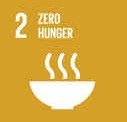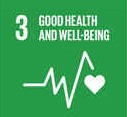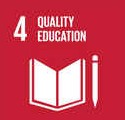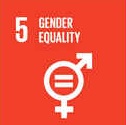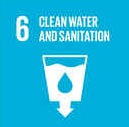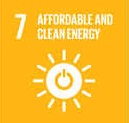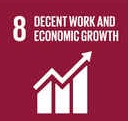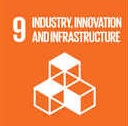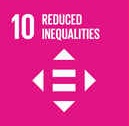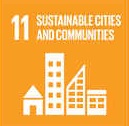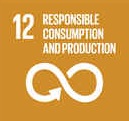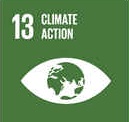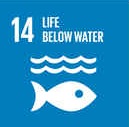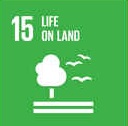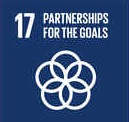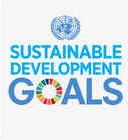|
WHAT IS A CIRCULAR ECONOMY PLEASE USE OUR A-Z INDEX TO NAVIGATE THIS SITE ABOUT - CIRCUMNAVIGATION - CLIMATE CHANGE - CONTACTS - CROWDFUNDING - DONATE - FOUNDATION - PLASTICS - HOME
MARINE LIFE - This humpback whale is one example of a magnificent animal that is at the mercy of human activity. Humans are for the most part unaware of the harm their fast-lane lifestyles are causing. We aim to change that by doing all we can to promote ocean literacy.
A circular economy is one that is sustainable for future generations without causing harm to planet earth. The economics of a truly circular economy encompasses:
* Energy security based on renewables rather than fossil or nuclear power * Food security from blue and green growth *
Affordable Finance to eliminate financial slavery from
excessive profiteering, to make things happen * Transport security based on near zero carbon land and ocean vehicles * Waste recycling that is effective to eliminate land fill and ocean waste
The current
‘take, produce and chuck’ industrial model is wasteful, relying on the
continued availability and consumption of finite resources -
leading to exhaustion and crash. A truly circular economy is built on three golden rules:
BUSINESS ATTRACTION
The circular economy is now gaining popularity for the opportunities it offers businesses willing to add new value from existing operations and resources.
This could be by redesigning products or restructuring business models to cooperate with customers in the recycling of spent goods. One easy way to embrace the tenets of a circular economy is to switch to renewable energy, generate as much energy on site as is practical with solar roofs and wind turbines and incorporate low energy technology in your business, such as LED lighting.
Where our Foundation is all about conservation for a truly Circular Economy, we will be looking at ways of encouraging policy makers, corporations and the general public to adopt a sustainable lifestyle. Where the surface of planet earth is two thirds water, we will be concentrating on our oceans, looking at land based issues as they affect marine life and the ocean economy.
TAKING THE BULL BY HE HORNS - The EU have been leading the charge for cleaner oceans for a number of years. In 2008 they created European Maritime Day, that has turned into an event to share ideas and stimulate innovation. The next event will be hosted in Bulgaria at Burgas in 2018.
The Cleaner Oceans Foundation will be publishing news articles on this website and compiling a list of Circular Economy projects in the hope of stimulating:
* Innovators, and
To incubate ideas today, for a brighter global economy tomorrow.
As a priority we must halt the build up of trash in our back yard with effective Ocean Regeneration programs. Examples of trash that is unacceptable is the Arctic beaches, where polar bears have become garbage reliant, and Henderson Island that is uninhabited yet awash with plastic.
WHAT'S
THE DIFFERENCE BETWEEN THE CIRCULAR ECONOMY AND THE BLUE
ECONOMY ?
The United Nations sustainability development goals are designed to foster a truly circular economy in all walks of life:
This website is provided on a free basis as a public information service. Copyright © Cleaner Oceans Foundation Ltd (COFL) (Company No: 4674774) July 2024. Solar Studios, BN271RF, United Kingdom. COFL is a charity without share capital.
|

